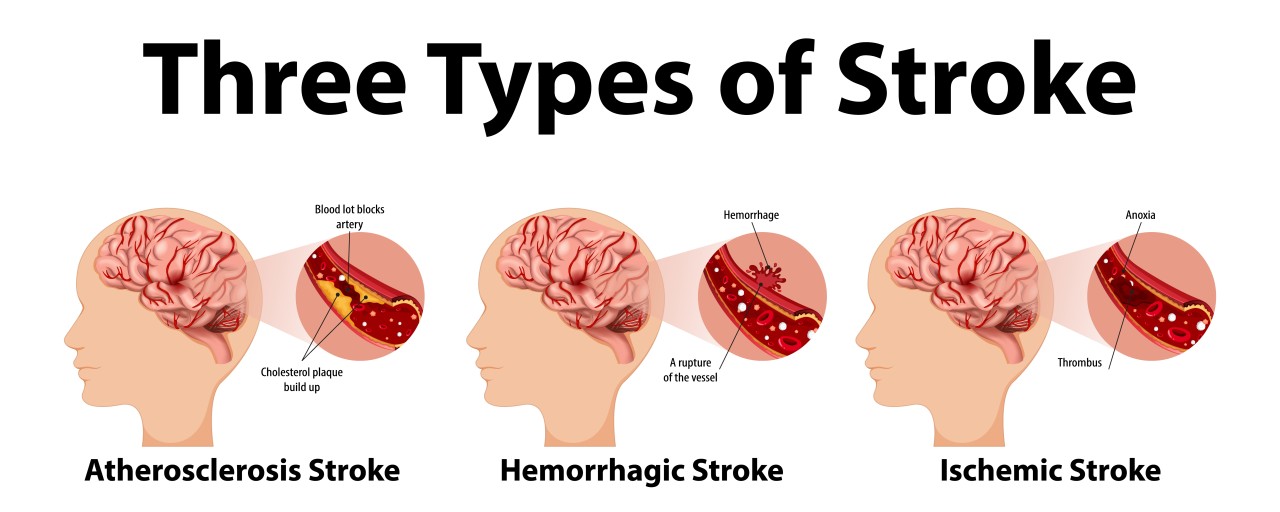A stroke occurs when blood flow to part of the brain is interrupted or reduced. This can happen due to a blood clot (ischemic stroke) or bleeding in the brain (hemorrhagic stroke).
Symptoms of a Stroke
- Sudden numbness or weakness in the face, arm, or leg, especially on one side of the body
- Sudden confusion or trouble understanding
- Sudden trouble speaking or understanding
- Sudden trouble seeing in one or both eyes
- Sudden severe headache with no known cause
If you or someone you know is experiencing these symptoms, it’s crucial to call emergency services immediately.
Causes of Stroke
- High Blood Pressure: This is a major risk factor for stroke.
- Heart Disease: Conditions like atrial fibrillation and coronary artery disease can increase the risk of stroke.
- Diabetes: People with diabetes have a higher risk of stroke.
- Smoking: Smoking damages blood vessels and increases the risk of stroke.
- High Cholesterol: Elevated cholesterol levels can contribute to stroke.
- Obesity: Excess weight can increase the risk of high blood pressure, high cholesterol, and diabetes.
- Age: The risk of stroke increases with age.
- Family History: A family history of stroke can increase your risk.
Treatment for Stroke
- Emergency Medical Treatment: Prompt medical intervention is essential to restore blood flow to the brain. This may involve medications, clot-busting therapy, or surgical procedures.
- Rehabilitation: After a stroke, rehabilitation therapy can help individuals recover lost functions and improve their quality of life. This may include physical therapy, occupational therapy, and speech therapy.
Prevention of Stroke
- Healthy Lifestyle:
- Quit smoking
- Maintain a healthy weight
- Regular exercise
- Balanced diet
- Manage stress
- Medical Management:
- Regular checkups
- Medications (e.g., blood pressure, cholesterol-lowering)
By understanding the risk factors for stroke and taking proactive steps to prevent it, you can significantly reduce your chances of experiencing this medical emergency.



